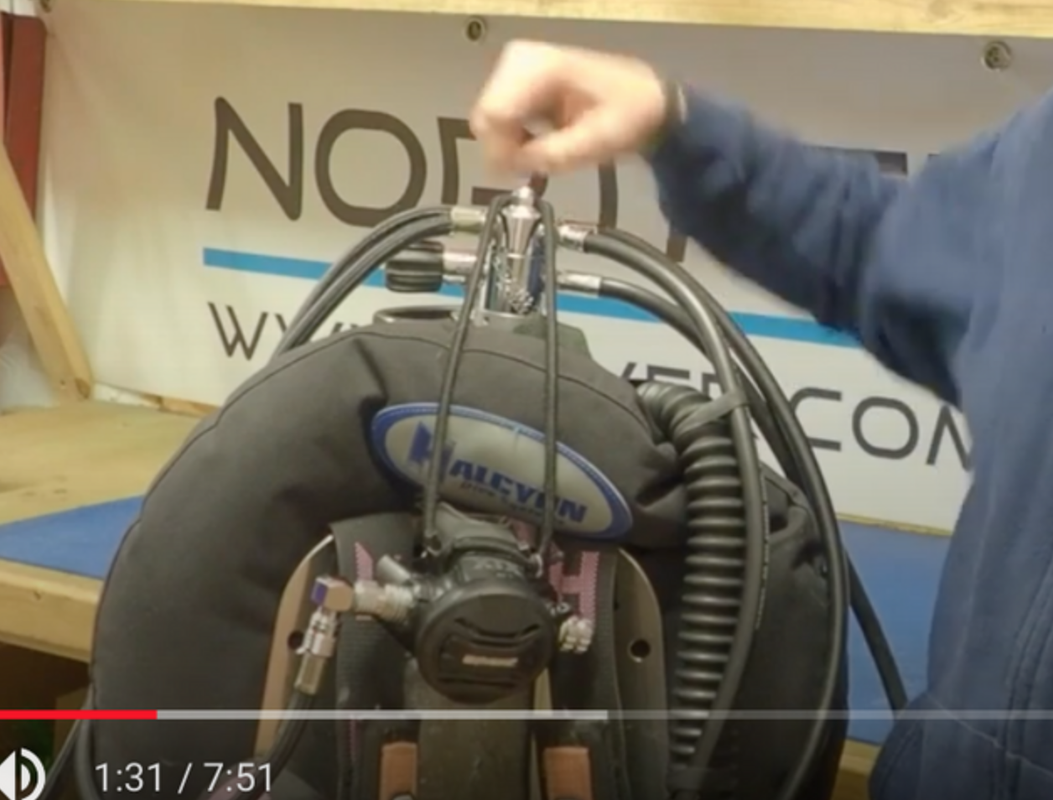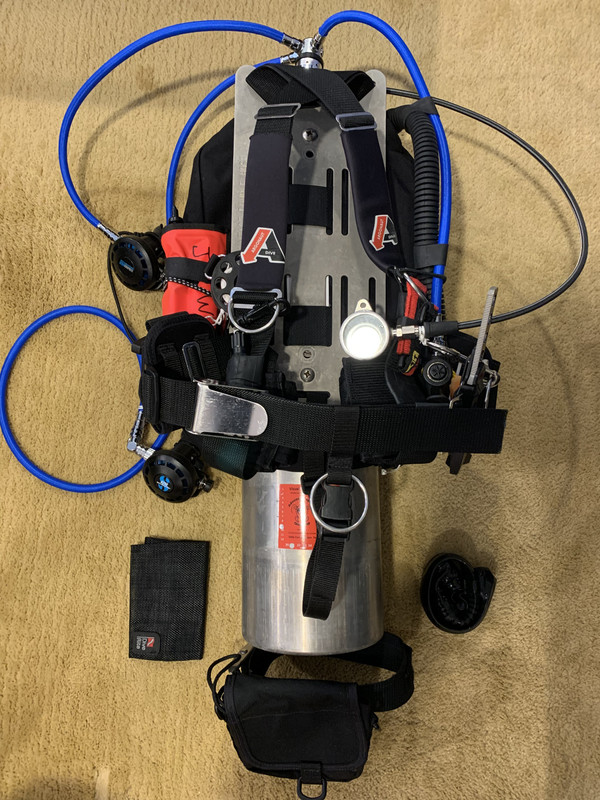SubseaSports
Contributor
I have a small flat backplate that is a dedicated single tank plate as well, but uses a STA. That was necessitated by design. The tank is still close to the divers back with maybe 1/2" offset. Of course this is size specific.
The Vintage Plate mentioned will work for modern single hose. Is it optimized for it? No. The crossing of the harness can be an issue for some. If you have an adjustable harness, you could easily go between modern and vintage setups.
I have a 'modern' version of this ready that is not crossed and uses tank straps alone to secure or you can use the tank wedges, but have not made a run yet as I think it maybe overlooked by most due to fact that a traditional plate will work as @Searcaigh pointed out and they are everywhere.
It would shine in the travel category though...I could be wrong.
This is true and works well. I ran 117's for a long time without a STA. A smidge wobbly but no problems.I've been using a DiveRite SS backplate for years as a singles backplate with no issues, STA not required.
The Vintage Plate mentioned will work for modern single hose. Is it optimized for it? No. The crossing of the harness can be an issue for some. If you have an adjustable harness, you could easily go between modern and vintage setups.
I have a 'modern' version of this ready that is not crossed and uses tank straps alone to secure or you can use the tank wedges, but have not made a run yet as I think it maybe overlooked by most due to fact that a traditional plate will work as @Searcaigh pointed out and they are everywhere.
It would shine in the travel category though...I could be wrong.





